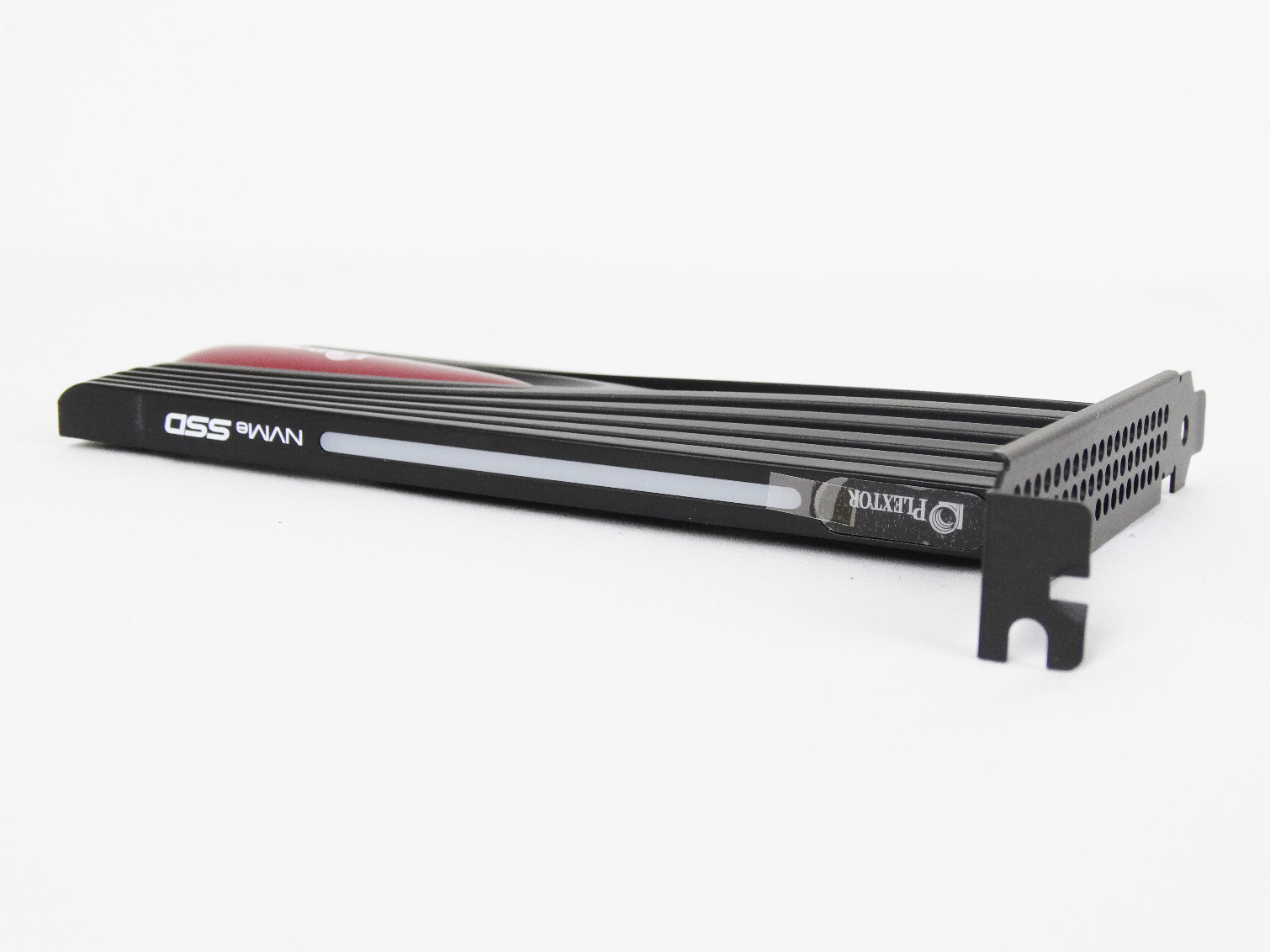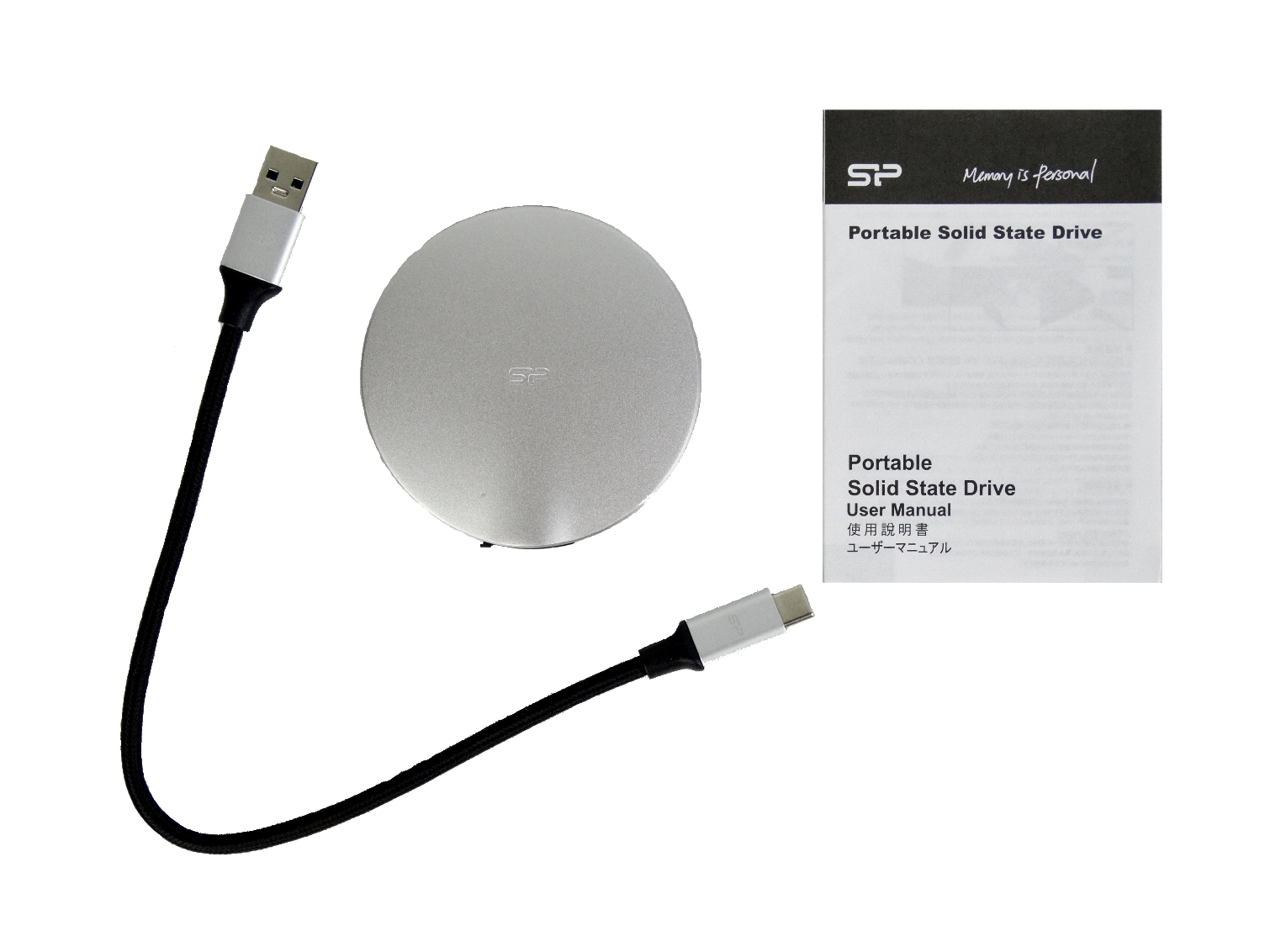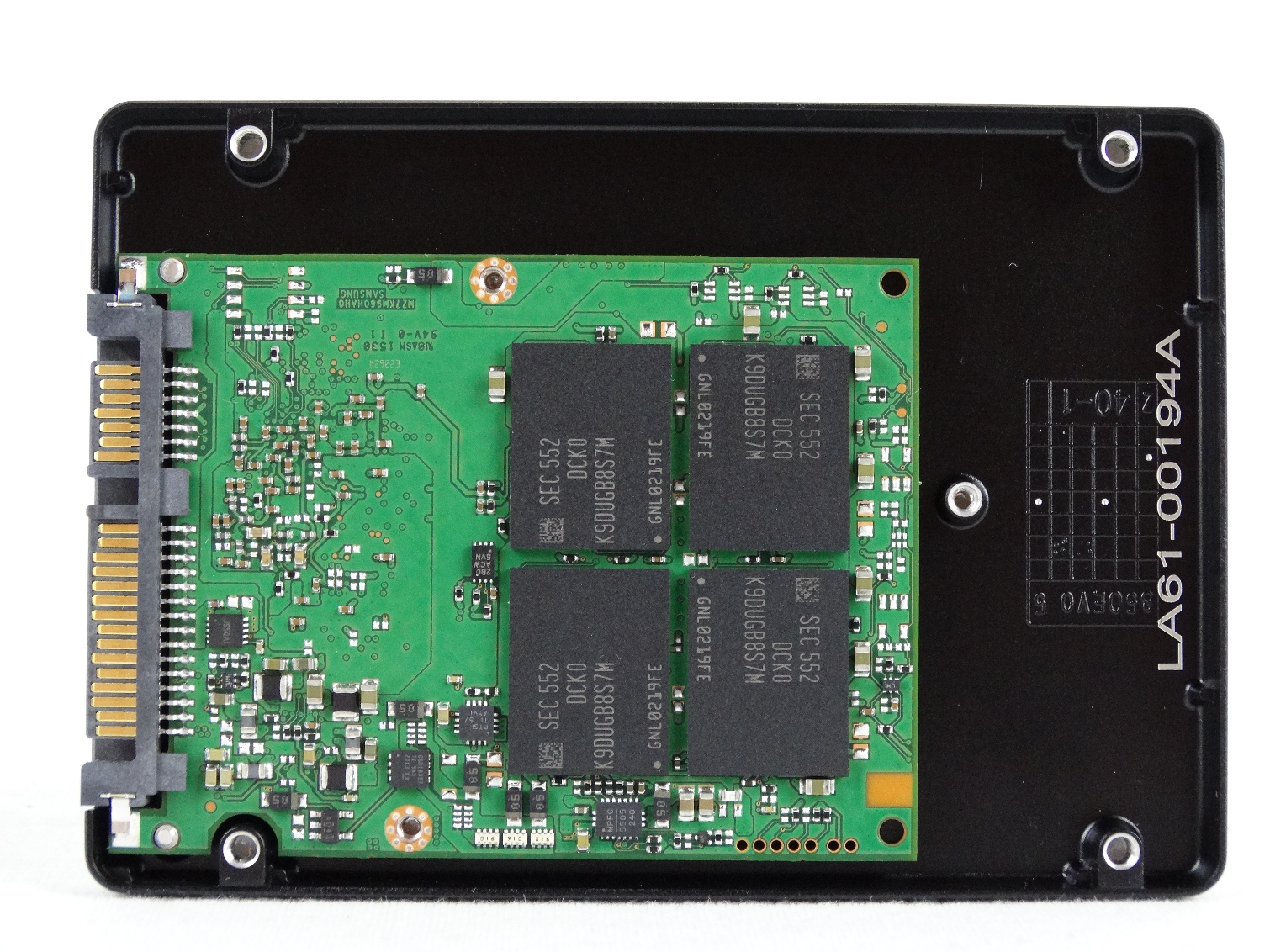SSD Trends To Look For At Computex 2018
Computex is a frenzy of storage-related news, and consumer SSDs lead the charge. We've identified what to look for when the show kicks off, and even break some news to set the tone for Computex 2018.
Low flash memory prices allow more companies to jump in the SSD market, so we expect more announcements than Computex 2017. Just last week Gigabyte announced its first consumer SSD. Companies that dabble in the technology and got out when flash was expensive will return with "me too" products that help push pricing down further. Look for these companies to add lighting, extravagant heat sinks, and other accessories to grab our attention. Only some of the SSDs will actually ship, but it's always fun to see what companies are capable of producing in limited numbers.
Most of the specific products are under embargo until June 5, but we have the major bullet points for you today. We'll start with the controllers and then move through some trends that will carry over into 2019.
Silicon Motion, Inc. - More SM2262 And SN2262EN
The Silicon Motion SM2262 began to impact the SSD market soon after CES. Intel, HP, and Adata all ship at least one SSD with the controller to the US and Europe markets, and several Chinese companies also sell drives with this controller in that region. At Computex, we will see more companies with SM2262 drives ready for the masses with retail availability raining down through the rest of 2018.
Silicon Motion first displayed the SM2262EN at Computex last year, but it wasn't a working sample. The flagship controller delivers even more performance than the SM2262. We'll learn more at the show about retail products, the release cycle, and performance.
Phison PS5012-E12 - High Performance Without Resources
We recently began testing a reference 1TB E12 SSD in our lab and the initial performance looks promising. Within minutes, we hit 3,200 MB/s with both sequential read and write tests. The read performance is roughly 300 MB/s shy of the latest 1TB Samsung 970 Pro, but the E12 scored 500 MB/s more than the 970 Pro in sequential writes.
The PCMark 8 Storage Test results also look promising (image).
Get Tom's Hardware's best news and in-depth reviews, straight to your inbox.
Patriot was the first to show a retail E12 SSD back in January at CES. We expect to see more products like the Patriot Viper as companies start to build a buzz for new models coming later in the year.
Plextor M9Pe Extreme - Picking Up The Pace
We were one of the first sites to publish performance results of the Plextor M9Pe NVMe SSDs. That's not always a good thing. Since our review, Plextor has quietly released three firmware updates that improved performance. We mentioned this was a possibility in our review and pointed back to previous products from the company that progressed down the same path.
Just days ago Plextor sent media an email blast to look out for the new M9Pe Extreme. For now, that's all we know about the Marvell Eldora-based SSD. If history repeats itself, this may be a new release that existing M9Pe owners will benefit from. Either way, if you own the M9Pe, head over to Plextor's site and download the new firmware to get a nice performance bump. We hope to write a new review soon that covers the M9Pe SSD with the new 1.04 firmware installed.
Realtek PCIe 3.0 x8 - Maybe This Year?
Did you know that Realtek makes SSD controllers? The company best known for embedded audio on motherboards has shipped a few different SSD controllers over the years. Most of the SSDs outfitted with the controllers come from Colorful, a company best known for graphics cards. Adata also built a consumer SSD based on the Realtek controller, but it went largely unnoticed in the US and Europe.
No one knows the origins of the Realtek 8-lane PCIe 3.0 controller rumors, but they've circled the drain for two years. If it's going to happen, 2018 is the year. M.2 SSDs utilize either two or four lanes, so a product with an 8-lane design will only come with an add-in card (AIC) form factor. In theory, a product based on the rumors could be the fastest consumer SSD to date.
QLC and 96-Layer TLC NAND
We first saw working QLC in August 2017 at Flash Memory Summit. The Microsemi room had a board used to test and develop the new flash. Toshiba and manufacturing partner Western Digital have made progress with QLC, and Micron and Intel have also made news recently. Micron announced the 7,680GB 5210 ION enterprise SATA SSD, but it is rated for less than one drive write per day.
We learned that some SSD manufacturers would display working QLC prototypes at Computex 2018. By the end of the show, we should know more about the performance, endurance, and possible capacities of the models slated for 2019.
There is a chance we'll see 96-layer TLC this year. If it doesn't appear at Computex, we should get our first look at Flash Memory Summit in August.
Low-Power DDR4 Infused
Flash has hit its peak and is on a downward price swing due to oversupply, but DRAM pricing is still on the rise with no limit in sight. Most consumer SSDs still ship with DDR3, but with production lines shifting to newer DDR4, the rest of the industry has to follow the tide. DDR4 increases the data throughput between the memory and the controller, and it also lowers overall power consumption. To get around the rising costs of DDR4, some companies are looking at LPDDR4 that doesn't carry the price premium that low power DRAM usually does.
New Form Factors For Consumer Devices
The M.2 specification is very diverse. So far, most consumers SSDs use the M.2 2280 (22mm wide, 80mm long) form factor. That will soon change as manufacturers start to shave costs to be more competitive in a buyers' market. We expect to see more drives on display in the 2260 and 2242 form factors. Most of these products will fall into the entry-level NVMe SSD class, but they will help the industry transition away from SATA SSDs.
Portable Storage - Getting Flashy
Companies look for other ways to sell flash when there is a plentiful supply. The current oversupply has already brought some interesting designs, like the TEKQ Rapide Portable SSD.
We expect to see more flash-based portable storage products at the show. These will come in different forms, from exotic, like the new Silicon Power Bolt B80 shown above, to tame plastic models designed to go in your backpack.
SATA - The Biggest Loser
Analysts predict NVMe will out-ship SATA for the first time in 2018. SATA has reached its performance peak and largely fallen to the wayside for enthusiasts, at least in primary storage roles. SATA will live on for years to come, but we will see these drives transition to secondary storage and for "legacy system upgrades". Other than a few new RGB gimmick SSDs, we don't expect to see anything exciting from the SATA camp at Computex 2018.

Chris Ramseyer was a senior contributing editor for Tom's Hardware. He tested and reviewed consumer storage.
-
CalHob Chris, your comment about legacy systems also triggers a question about legacy support in NVMe drives. At work we had upgraded the boot drives of several systems that did not have UEFI NVMe support using Samsung Pro 950 or Plextor M8Pe ... because those two drives still have Option ROM that allows booting with Legacy BIOS. While I'm certain this is NOT a growing upgrade market for the latest NVMe releases, but it has been a great option for us keeping usuable hardware in use longer. And, given that NVMe is getting closer in price to SATA all the time, we would rather update older/recent hardware to NVMe than continue using the SATA devices.Reply
Samsung dropped the Option ROM starting in the 960 series, and I'm not sure if Plextor's latest still carries it. But, is this something you have visability into, of all the drives you test, do you know or not if they have Option ROM included that would allow Legacy BIOS booting?
Thanks for considering the question.




